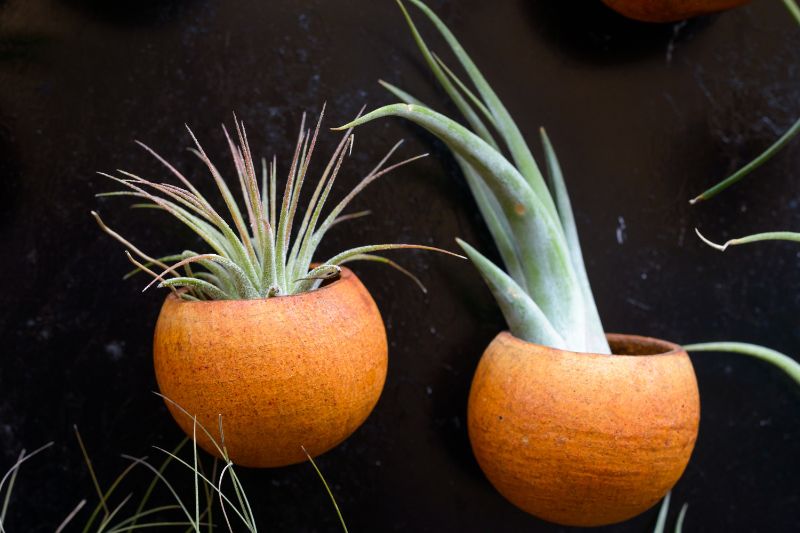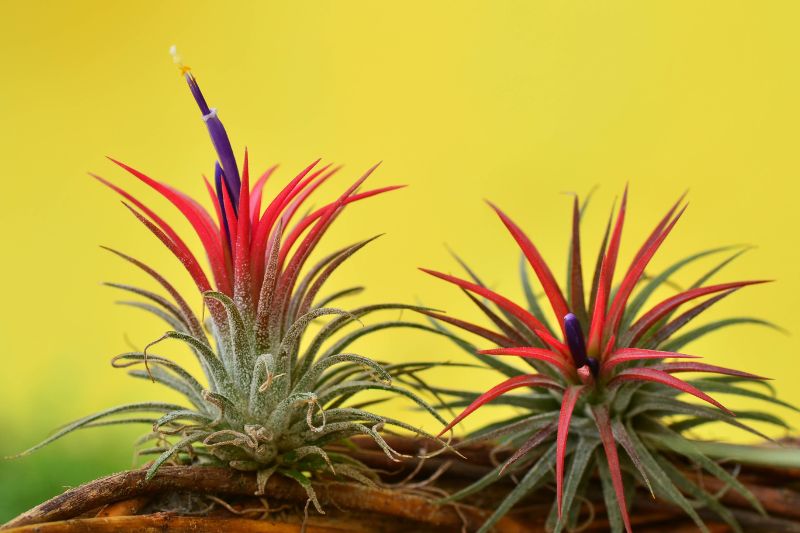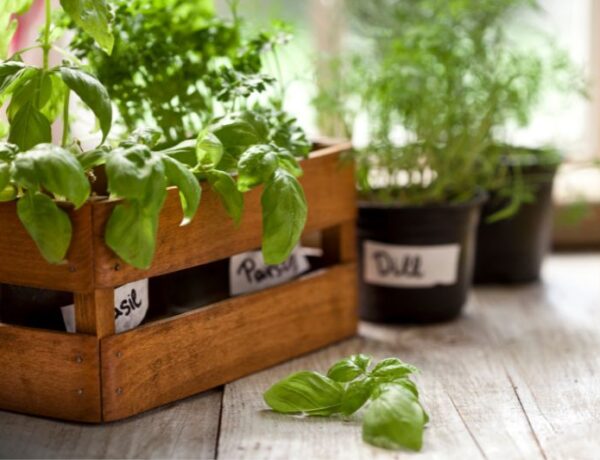Imagine a plant that doesn’t need soil to thrive, one that floats in the air, obtaining its sustenance primarily from moisture and nutrients in the atmosphere. These are the famous air plants, a name given to the over 650 species of the Tillandsia genus, which are part of the Bromeliaceae family.
But what are air plants, exactly? How do they survive and even flourish without soil, and how can you care for them at home? In this comprehensive guide, we’ll explore these questions and more, delving into the biology, care, and benefits of these remarkable plants.
Table of Contents
What are Air Plants?
Air plants, or Tillandsias, are evergreen, perennial flowering plants native to the forests, mountains, and deserts of Central and South America, the southern United States, and the West Indies.
They are epiphytes, which means they grow on other plants or objects for support and absorb water and nutrients through their leaves, not their roots.
Types of Air Plants

With over 650 different types, air plants offer a stunning diversity of forms, sizes, and colors. From the small and whimsical Tillandsia ionantha, which blushes a fiery red before producing purple flowers, to the large and striking Tillandsia xerographica, with its wide silver leaves that curl into an elegant rosette, there’s an air plant to suit every preference.
Air plants can be categorized into two main types based on their native habitats: xeric and mesic. Xeric air plants, such as the Tillandsia xerographica, hail from dry, desert-like environments and have evolved thick, silver leaves covered in dense trichomes to maximize water absorption and minimize evaporation.
On the other hand, mesic air plants originate from rainy areas with high humidity and have smoother, greener leaves, as seen in the Tillandsia bulbosa.
How Air Plants Evolved to Be Soil-less Plants
Air plants evolved their soil-less habits as a way to exploit niches in their native habitats that other plants couldn’t. In the forests and mountains where they originated, competition for nutrients and sunlight is fierce, so by living high up in the canopy, air plants can access more sunlight and absorb nutrients and moisture from the air, rain, and debris around them.
The Life Cycle of Air Plants

An air plant’s life cycle is marked by its blooming, during which it produces a striking flower. The plant will then gradually produce offsets or “pups” around its base, eventually forming a cluster or colony. The original, or “mother” air plant, will eventually start decaying, leaving the pups to continue growing.
Does that mean that air plants die after flowering? Well, the mother plant will die sooner or later, but you’ll get new baby plants, so the life cycle continues.
Unique Characteristics of Air Plants
Air plants have a unique structure that allows their soil-less lifestyle. Instead of roots, they have small, hair-like appendages called trichomes, which cover their leaves and serve to absorb water and nutrients from the air. The leaves, often gray or silver, are covered in specialized cells that can quickly absorb water.
Epiphytes like air plants do not parasitize the plants they grow on. Instead, they simply use them for physical support, gaining their sustenance from the surrounding environment. They absorb moisture and nutrients through their leaves, particularly during rainfall, and through the morning and evening dew in their native habitats.
Caring for Air Plants
Air plants need bright, indirect light, good air circulation, and regular waterings. They prefer temperatures between 50-90°F (10-32°C).
To water them, you can mist them regularly, or soak them in a water bath every 1-2 weeks, depending on the humidity in your home and, of course, on the type of air plant you’ve got.
Common Care Issues
The most common issues with air plants include overwatering, which can lead to rot, and infestation by pests like aphids or scale.
If your air plant’s leaves start to curl or turn brown, it may be underwatered or exposed to too much direct sunlight.
How Seasons Affect Air Plant Care
The care needs of air plants can change with the seasons. In dryer or cooler months, they may need more frequent waterings. During periods of active growth, they may benefit from the addition of an air plant-specific fertilizer.
Propagation and Transplantation of Air Plants

Though air plants can be propagated from seeds, this process is quite lengthy. The most common method of propagation at home is through offsets or “pups.” Once a pup is about one-third the size of the parent plant, it can be gently separated and grown independently.
How to Mount and Display Air Plants Safely
Air plants don’t need traditional pots or soil. They can be mounted on almost any surface with a non-copper wire or nestled into a variety of displays. Be sure to choose a location that allows plenty of air circulation to avoid moisture buildup, which could lead to rot.
Check out our article for more information on how to display air plants.
Conclusion
Air plants, with their unique growth habits and care requirements, offer a different perspective on what it means to be a plant. These soil-less wonders inspire admiration and curiosity, bringing a touch of nature’s mystery into our homes. With a little understanding and care, you too can enjoy the beauty and benefits of these incredible plants.






No Comments